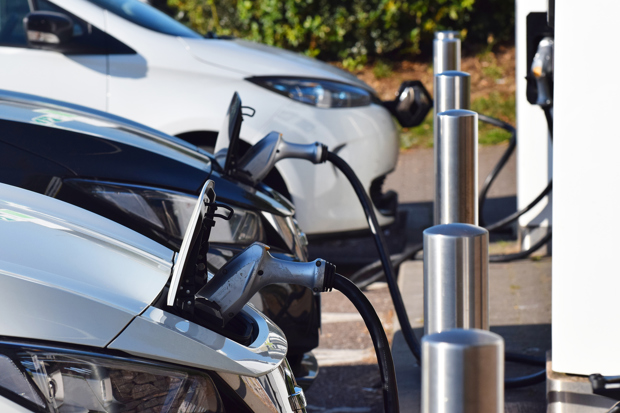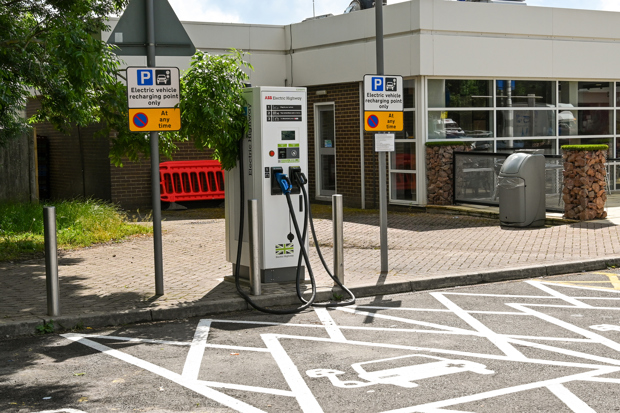Government to fall short of EV charging point target

The Government is unlikely to meet its target of having six or more rapid vehicle chargers at every motorway service area in England by the end of 2023, according to new research conducted by the RAC.
The study reveals that less than a quarter (23%) of the 119 motorway services reviewed by the RAC on Zapmap currently have the target number of chargers to meet the demand of the UK's estimated 760,000 battery electric cars.
The research indicates that there are approximately 400 high-powered charging units at motorway services, capable of charging 682 electric cars simultaneously.
This translates to an average of just over three (3.4) rapid or ultra-rapid chargers per motorway service.
In terms of connector availability, there is an average of nearly four (3.8) of the commonly used CCS (Combined Charging System) connectors and just under two (1.8) CHadeMO connectors, which are predominantly used by Nissan Leaf drivers.
Six motorway services in England do not have any high-powered chargers, including Leicester Forest on both sides of the M1, Tebay South on the M6, Carlisle Northbound on the M1, Strensham Southbound on the M5, and Barton Park on the A1(M).
The Government's "Taking charge: the electric vehicle infrastructure strategy" document, published in March 2022, outlines the intention to accelerate the rollout of high-powered chargers on the strategic road network through the £950 million Rapid Charging Fund.
The aim is to provide electric car drivers with confidence in undertaking longer journeys. The document explicitly states that every motorway service area should have at least six rapid chargers by the end of 2023, with some having more than 12.

Currently, only six services in England meet this criterion: Exeter on the M5, Rugby on the M6, Reading East and West on the M4, Thurrock on the M25, and Wetherby on the A1(M).
According to the latest charging statistics from Zapmap, the UK has a total of 42,566 charging devices, with only 19% (7928) being rapid or ultra-rapid chargers.
Comparing this figure to the RAC's research reveals that only 5% of high-powered chargers are located at motorway services.
The Government's target is to have around 300,000 public chargers of all speeds by 2030 and over 6000 high-powered chargers along strategic roads by 2035. However, forecasts in a document by the Competition and Markets Authority suggest that at least 280,000-480,000 public charge points will be needed by 2030.
"Installing these types of units is not straightforward as connecting to the electricity grid is expensive and time-consuming, but clearly more needs to be done to make this process simpler than it is currently," says RAC EV spokesperson Simon Williams.
"While we understand the Government is taking steps to expedite matters, the importance of ensuring sufficient high-powered charging is readily available up and down our motorway network can’t be emphasised enough."
"We have long argued that rapid and ultra-rapid charging is vital to give drivers confidence they can make journeys beyond the range of their vehicles in the most time efficient way possible. While early-adopters have been prepared to plan their journeys carefully around recharging stops, the everyday driver will want this to be much easier and quicker.
However, Gridserve, one of the UK's leading rapid EV charging network, has disputed these claims.
"Gridserve is laser focussed on delivering six or more high power chargers at all Moto and Roadchef locations by the end of the year. This is not straightforward and there are issues outside of our control, particularly relating to the timeframes for energising new grid connections," said a Gridserve spokesperson.
"Gridserve has already delivered over 70% of the High Power Electric Super Hubs identified in the RAC report, and given we are less than halfway through the year and we have the considerable momentum with dozens of additional sites in and entering construction over the next few months, at least from Gridserve's perspective, we would suggest that the RAC report is a little premature."
Can I reject my new EV which refuses to charge?


